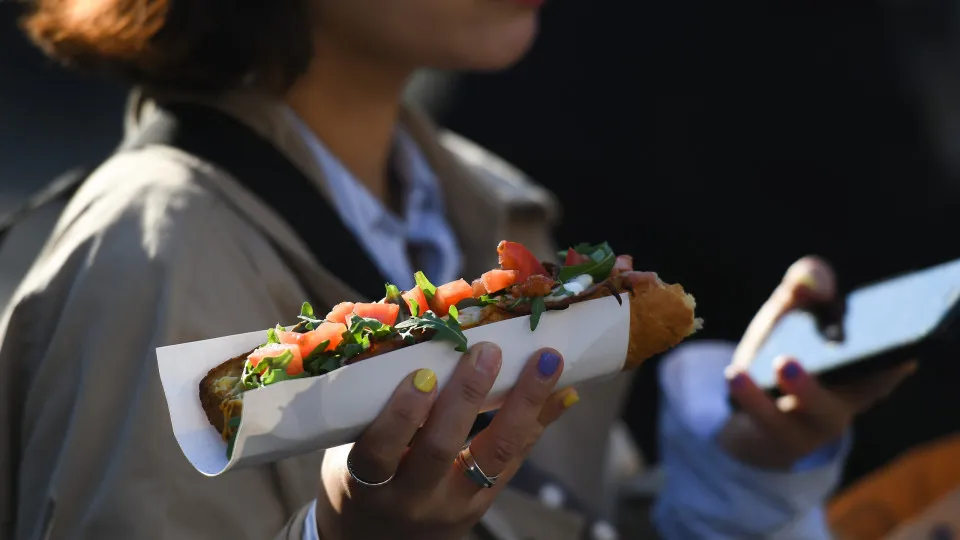One of the main draws countries use to bring in tourists from around the world is the quality cuisines that each boasts. From frog legs of France to the fish and chips of England, Europe in particular has many different dishes to offer. But certain nations and their gastronomy are often forgotten, as is the case for Poland and delectable dishes. That stops right now!
In this gallery, we look at some of the best traditional Polish meals and treats you just have to try. Click on to discover them!



